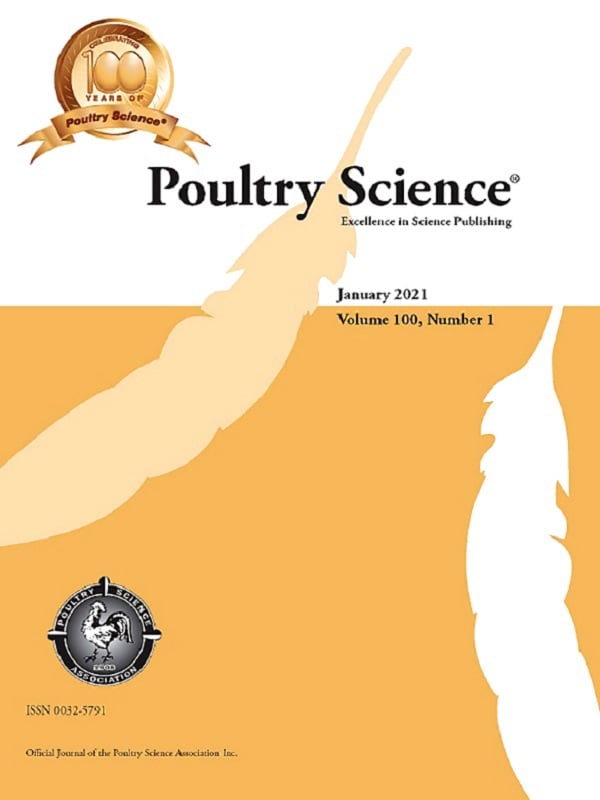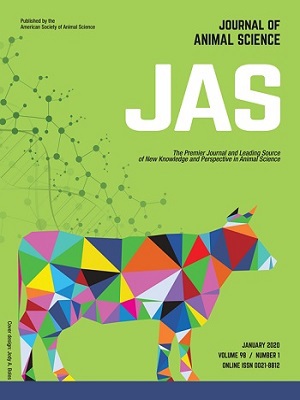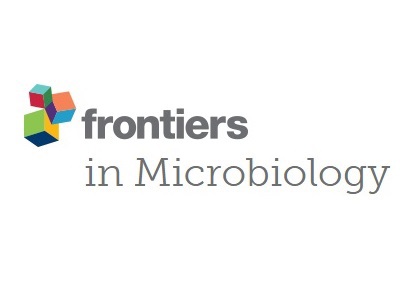Efficacy of l-glutamic acid, N,N-diacetic acid to improve the dietary trace mineral bioavailability in broilers
Trace minerals are commonly supplemented in the diets of farmed animals in levels exceeding biological requirements, resulting in extensive fecal excretion and environmental losses. Chelation of trace metal supplements with ethylenediaminetetraacetic acid (EDTA) can mitigate the effects of dietary antagonists by preserving the solubility of trace minerals. Lack of EDTA biodegradability, however, is of environmental concern. l-Glutamic acid, N,N-diacetic acid (GLDA) is a readily biodegradable chelating agent that could be used as a suitable alternative to EDTA. The latter was tested in sequential dose–response experiments in broiler chickens. Study 1 compared the effect of EDTA and GLDA in broilers on supplemental zinc availability at three levels of added zinc (5, 10, and 20 ppm) fed alone or in combination with molar amounts of GLDA or EDTA equivalent to chelate the added zinc, including negative (no supplemental zinc) and positive (80 ppm added zinc) control treatments. Study 2 quantified the effect of GLDA on the availability of native trace mineral feed content in a basal diet containing no supplemental minerals and supplemented with three levels of GLDA (54, 108, and 216 ppm). In study 1, serum and tibia Zn clearly responded to the increasing doses of dietary zinc with a significant response to the presence of EDTA and GLDA (P < 0.05). These results are also indicative of the equivalent nutritional properties between GLDA and EDTA. In study 2, zinc levels in serum and tibia were also increased with the addition of GLDA to a basal diet lacking supplemental trace minerals, where serum zinc levels were 60% higher at the 216 ppm inclusion level. Similar to the reported effects of EDTA, these studies demonstrate that dietary GLDA may have enhanced zinc solubility in the gastrointestinal tract and subsequently enhanced availability for absorption, resulting in improved nutritional zinc status in zinc-deficient diets. As such, GLDA can be an effective nutritional tool to reduce supplemental zinc levels in broiler diets, thereby maintaining health and performance while reducing the environmental footprint of food-producing animals.
by
G. M. Boerboom
on 04/02/2021









